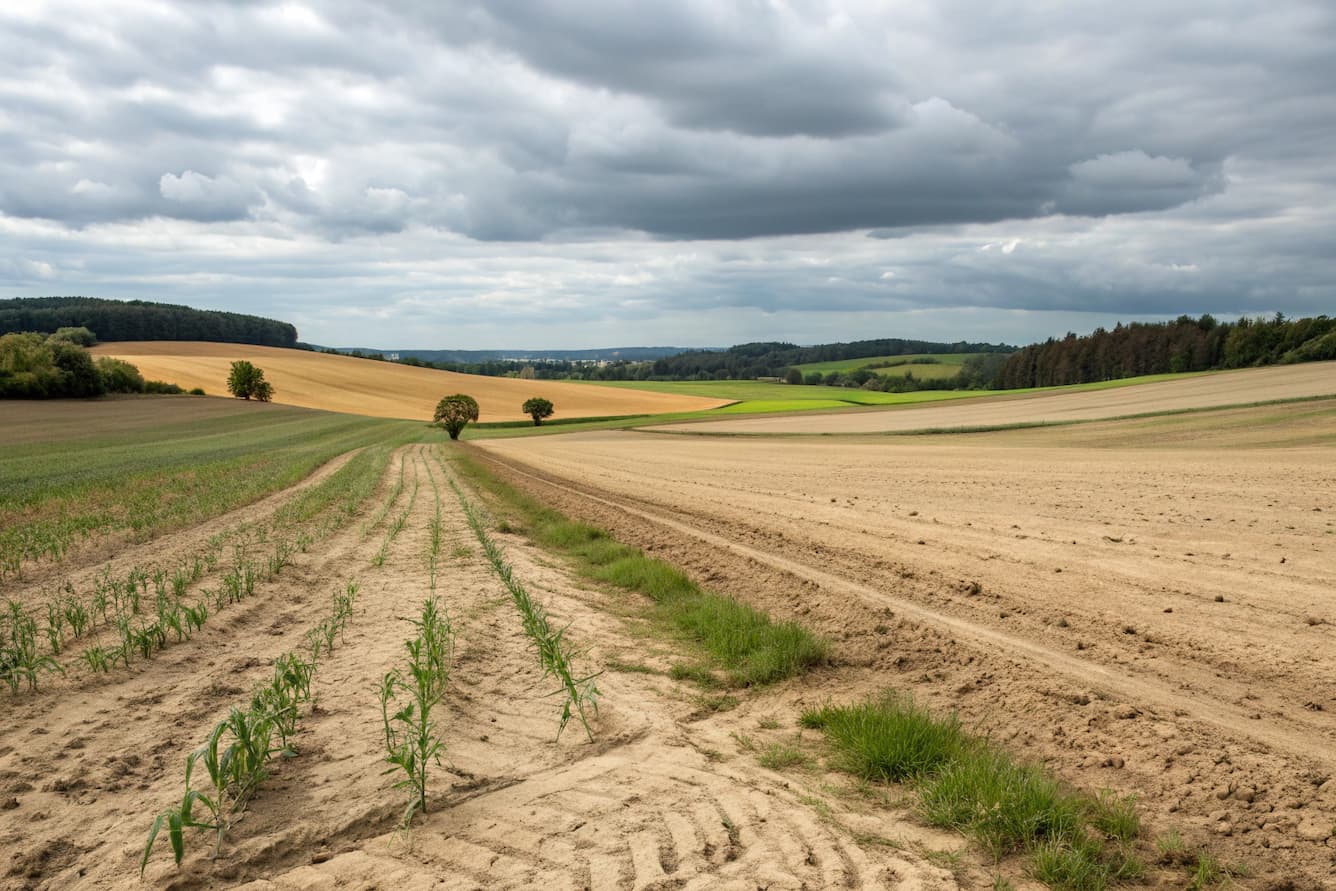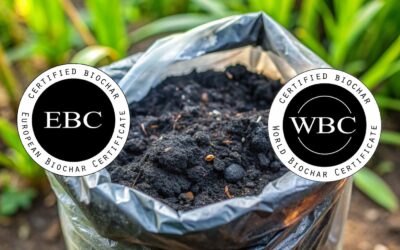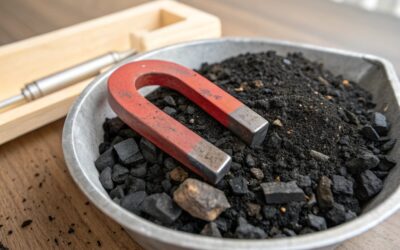Anyone who has dealt with sandy soil knows how difficult it can be to grow in these conditions.
Water drains too quickly, nutrients are lost, and plants struggle to grow.
The good news is that there are natural and long-lasting solutions to transform poor soil into a fertile and productive base.
Why sandy soils are a problem
Sandy soils have one obvious characteristic: large grains, few minerals and poor capacity to retain water and nutrients .
This means that:
- rainwater or irrigation water runs off too quickly into the depths;
- fertilizers are dispersed and the roots do not have time to absorb them;
- soil microbial life (essential for fertility) struggles to establish itself.
The result? Slow-growing plants, small, flavorless vegetables, and quickly wilting flowers.
The solution: create a stable and long-lasting base
To make sandy soil fertile, simply adding fertilizer isn’t enough. You need to build a solid structure capable of:
- retain water for a long time;
- host beneficial microorganisms;
- release nutrients gradually.
And this is where organic matter and biochar come into play .
Organic matter: the first step
Adding mature compost, well-rotted manure, or plant residue is the foundation. Organic matter improves:
- the capacity to retain water;
- the availability of nutrients;
- soil biodiversity.
However, organic matter tends to decompose within a few years, so the process must be repeated periodically.
Biochar: a turning point for sandy soils
Biochar is a charcoal obtained from biomass through pyrolysis . It’s not a fertilizer in itself, but it’s an extraordinary soil conditioner .
Why is biochar so effective?
- Porous structure : works like a sponge, retaining water and nutrients.
- Centuries-long life : While compost decomposes in a few years, biochar remains in the soil for decades.
- Supports microbial life : Provides natural shelters for beneficial fungi and bacteria.
- Reduction of leaching : slows down the dispersion of nutrients typical of sandy soils.
In other words: biochar creates a stable, fertile base , while organic matter provides immediate nutrients. The combination of the two is a winning one.
How to use biochar correctly
A common mistake is to spread raw biochar directly onto the soil. This can absorb nutrients and steal them from the plants.
Here’s the right method:
- Prime the biochar before use: mix it with compost, manure, or even natural macerates (nettle, horsetail, etc.).
- Recommended doses : 5 to 10% by volume of the worked soil.
- Incorporation : Mix biochar and compost and bury them in the top 20-30 cm of soil.
A practical plan to regenerate your sandy soil
- Analyze your soil : evaluate pH, texture, and nutrients.
- Add organic matter : Spread a layer of compost or well-rotted manure.
- Incorporate loaded biochar : This will improve the soil’s water and nutrient holding capacity.
- Mulching : Cover the soil with straw or plant residues to limit evaporation and erosion.
- Crop rotations and green manures : sowing legumes and improvers to enrich the soil naturally.
Expected results
With this integrated approach, you will notice:
- more vigorous plants and more resistant to water stress;
- more productive and tasty vegetables;
- a land that year after year becomes more fertile , instead of becoming impoverished.
Conclusion
Sandy, poor soil isn’t a curse. By adding organic matter and, above all, using biochar wisely , you can create a fertile base that lasts decades .
It’s not just about growing better, but about regenerating the soil , transforming fragile land into a vibrant, productive ecosystem.







